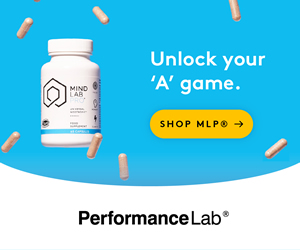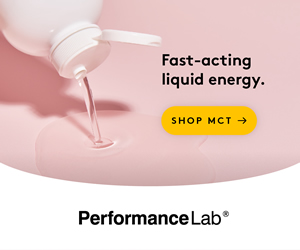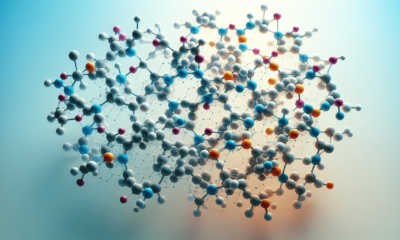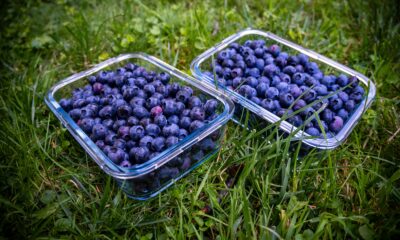Health
What Is Zeaxanthin: A Comprehensive Guide
Discover zeaxanthin, its health benefits, and food sources in our comprehensive guide. Learn how this antioxidant can protect your eyes and boost overall well-being.
Have you ever wondered what zeaxanthin is and why it’s so important for your health? If you’ve been curious about this compound and what benefits it can offer, you’re in the right place. Understanding zeaxanthin might just open your eyes to some crucial aspects of nutrition that could have a significant impact on your well-being.
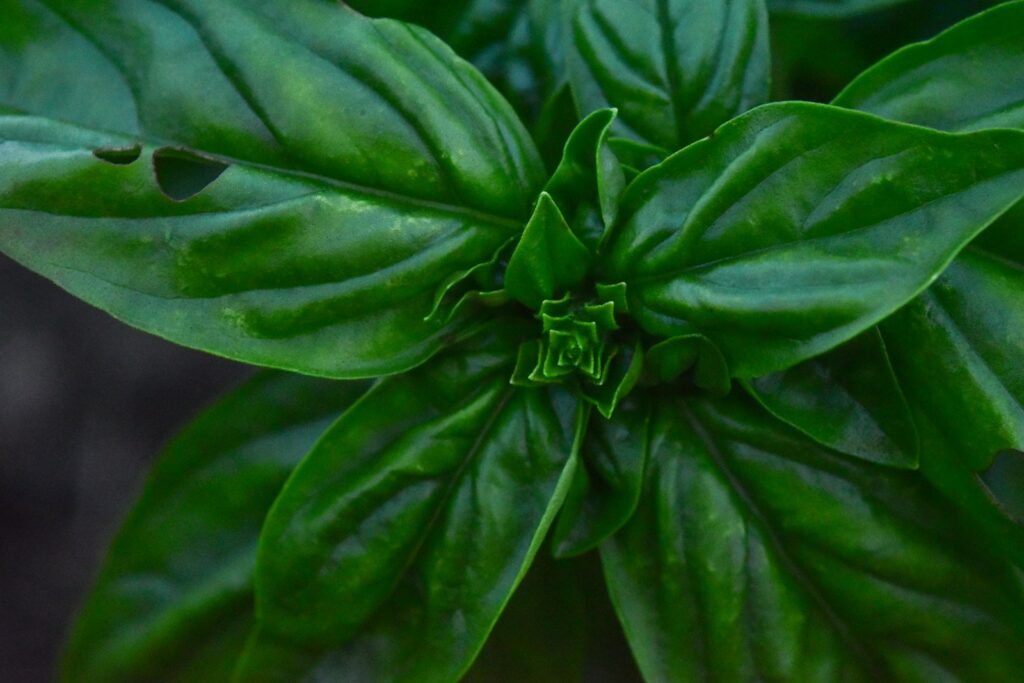
What Is Zeaxanthin?
Zeaxanthin is a type of carotenoid, a naturally occurring pigment found in various plants. It is responsible for giving many fruits and vegetables their vibrant orange, red, and yellow colors. Unlike some other pigments, zeaxanthin isn’t merely cosmetic; it plays an essential role in human health, particularly when it comes to your eyes.
The Science Behind Zeaxanthin
Carotenoids like zeaxanthin are antioxidants, which means they help protect your body’s cells from damage caused by free radicals. Free radicals are unstable molecules that can cause aging and various diseases. By neutralizing these harmful molecules, zeaxanthin and other antioxidants can help maintain your overall health.
Zeaxanthin vs. Lutein
When discussing zeaxanthin, you might also hear about lutein. Both are carotenoids and share similar structures and functions, which often causes some confusion. Lutein and zeaxanthin are usually grouped together because they coexist in many green, leafy vegetables and your eyes. While both are essential for eye health, they have slightly different roles and benefits. Zeaxanthin is mainly concentrated in the center of the retina, the macula, whereas lutein is more dispersed.
The Role of Zeaxanthin in Eye Health
Your eyes are incredibly complex organs that rely on a variety of nutrients to function correctly. Among the most important of these nutrients are carotenoids like zeaxanthin.
Protection Against Blue Light
In today’s digital age, exposure to blue light from screens is nearly inevitable. Blue light can cause eye strain and long-term damage to your retinas. This is where zeaxanthin comes into play. Zeaxanthin acts as a natural shield, absorbing harmful blue light and protecting your retina from damage.
Reducing the Risk of Macular Degeneration
Age-related macular degeneration (AMD) is one of the leading causes of vision loss in older adults. Studies have shown that higher levels of zeaxanthin in your retina can lower the risk of developing AMD. By acting as an antioxidant, zeaxanthin can reduce inflammation and oxidative stress, both of which are major contributors to AMD.
Improvement in Visual Acuity
Visual acuity, or the clarity of your vision, can also benefit from adequate zeaxanthin levels. With better protection and improved eye health, you may notice sharper vision and less trouble with glare.
Other Health Benefits of Zeaxanthin
While zeaxanthin is often highlighted for its eye health benefits, it also offers several other advantages for your overall well-being.
Skin Health
Zeaxanthin can help improve your skin’s appearance and resilience. Its antioxidant properties fight off free radicals that contribute to skin aging. Some studies have even suggested that zeaxanthin can help protect your skin from UV radiation, one of the main factors in premature aging.
Cognitive Function
Emerging research is beginning to explore the role of zeaxanthin in brain health. Preliminary studies indicate that carotenoids like zeaxanthin may help reduce the risk of cognitive decline and improve cognitive function as you age.
Heart Health
Zeaxanthin’s antioxidant properties extend to heart health as well. By reducing oxidative stress and inflammation, zeaxanthin may help reduce the risk of cardiovascular diseases. Some research even suggests that it can improve cholesterol levels and improve overall heart function.
Food Sources of Zeaxanthin
Getting enough zeaxanthin doesn’t necessarily mean you need to depend on supplements. Many delicious and nutritious foods are loaded with zeaxanthin.
| Food Source | Zeaxanthin Content (μg per 100g) |
|---|---|
| Kale | 6,200 |
| Spinach | 3,600 |
| Corn | 2,100 |
| Red Peppers | 1,700 |
| Egg Yolks | 300 |
| Goji Berries | 40 – 150 |
Vegetables
Dark, leafy greens like kale, spinach, and collard greens are fantastic sources of zeaxanthin. These vegetables not only provide a high amount of zeaxanthin but are also packed with other essential nutrients.
Fruits
Some fruits are also good sources of zeaxanthin, such as oranges, grapes, and tangerines. Goji berries, in particular, have a relatively high content of zeaxanthin, making them a great addition to your diet.
Animal Products
Don’t forget about animal products like egg yolks. While they contain less zeaxanthin compared to green vegetables, they are still a valuable source. Plus, the zeaxanthin in egg yolks is highly bioavailable, meaning your body can absorb it more easily.
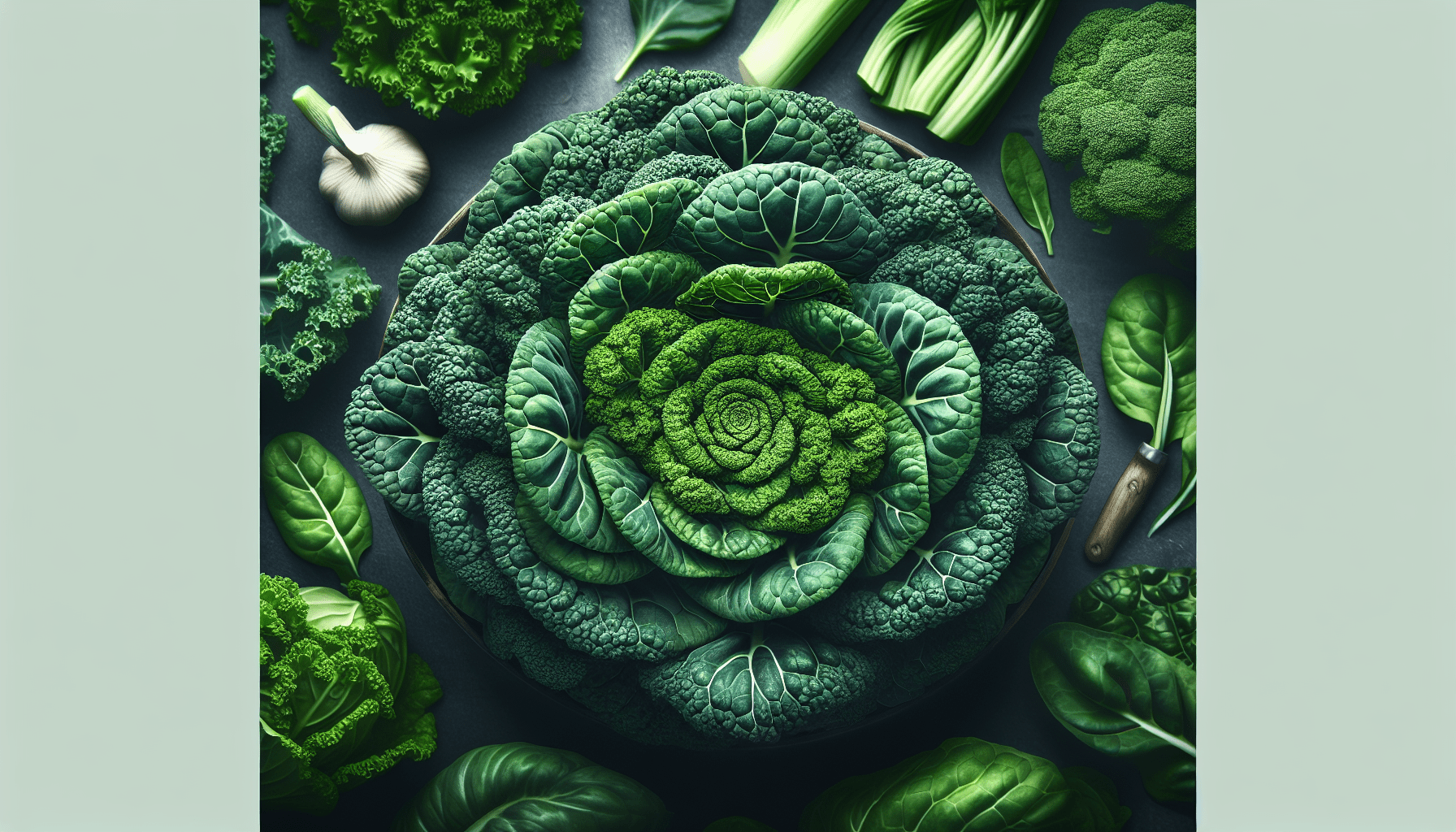
How Much Zeaxanthin Do You Need?
The amount of zeaxanthin you need can vary, but some general guidelines can help you ensure you’re getting enough.
Recommended Daily Intake
There is currently no official Recommended Daily Allowance (RDA) for zeaxanthin, but studies suggest that an intake of 2-6 mg per day can provide significant health benefits. You can achieve this through your diet by consuming a combination of the zeaxanthin-rich foods mentioned earlier.
Supplements
If you find it challenging to get enough zeaxanthin through your diet, supplements are readily available. However, it’s essential to choose a quality supplement and consult with a healthcare provider to determine the appropriate dosage for you. Many supplements combine zeaxanthin with lutein, capitalizing on their synergistic benefits for eye health.
Potential Side Effects and Considerations
While zeaxanthin is generally considered safe, some considerations and potential side effects are worth noting.
Overconsumption
Like any nutrient, it is possible to consume too much zeaxanthin. Excessive amounts can lead to a condition called carotenodermia, where your skin turns yellow-orange. While this condition is harmless and reversible, it’s a clear indicator that you should dial back your intake.
Interactions with Medications
Zeaxanthin may interact with certain medications, including those that affect the liver’s ability to metabolize different substances. If you’re on medication, consult your healthcare provider before adding zeaxanthin supplements to your routine.
Frequently Asked Questions
It’s normal to have questions about zeaxanthin, especially if you’re new to the subject. Here are some common queries and their answers.
Can I get enough zeaxanthin from my diet alone?
Yes, you can certainly get enough zeaxanthin from a well-balanced diet rich in fruits, vegetables, and other zeaxanthin-rich foods. Supplements are an option if dietary intake is insufficient.
Are there any risk factors for zeaxanthin deficiency?
People who consume a diet low in fruits and vegetables are at higher risk of zeaxanthin deficiency. Other risk factors include smoking and excessive alcohol consumption, which can deplete antioxidant levels.
Is zeaxanthin safe for children?
Zeaxanthin is generally considered safe for children when obtained through diet. However, it’s best to consult with a pediatrician before giving zeaxanthin supplements to children.
How long does it take to see the benefits of zeaxanthin?
The timeline for experiencing the benefits of zeaxanthin can vary. Some people may notice improvements in eye health and vision clarity within a few weeks, while others might take longer. Consistency is key.
Tips for Incorporating Zeaxanthin into Your Diet
Now that you know the benefits and sources of zeaxanthin, here are some practical tips to help you incorporate it into your daily diet.
Add More Greens to Your Meals
Make dark, leafy greens like kale, spinach, and collard greens a regular part of your diet. These vegetables can be added to salads, soups, smoothies, and stir-fries.
Use Colorful Ingredients
Incorporate colorful vegetables like red peppers, corn, and tomatoes into your meals. Not only do these add flavor and visual appeal, but they also boost your zeaxanthin intake.
Snack on Fruits
Keep fruits rich in zeaxanthin like grapes, oranges, and goji berries on hand for snacking. These can also be added to yogurt, cereals, and desserts.
Cook with Eggs
Egg yolks are an excellent source of zeaxanthin and are highly versatile. You can enjoy them boiled, scrambled, or in various dishes like quiches and frittatas.
Conclusion
Zeaxanthin is a potent antioxidant that plays a crucial role in maintaining your eye health and offering numerous other benefits for your skin, heart, and cognitive function. By understanding its importance and incorporating zeaxanthin-rich foods into your diet, you can harness its full potential for better health.
So the next time you plan your meals, consider adding a splash of color with zeaxanthin-rich foods. Your eyes—and your whole body—will thank you.
Final Thoughts
Being aware of what you consume and how it affects your health is key to a better lifestyle. With the information provided here, you are well-equipped to make informed choices about your zeaxanthin intake and enjoy its many health benefits. Cheers to a brighter, healthier you!


